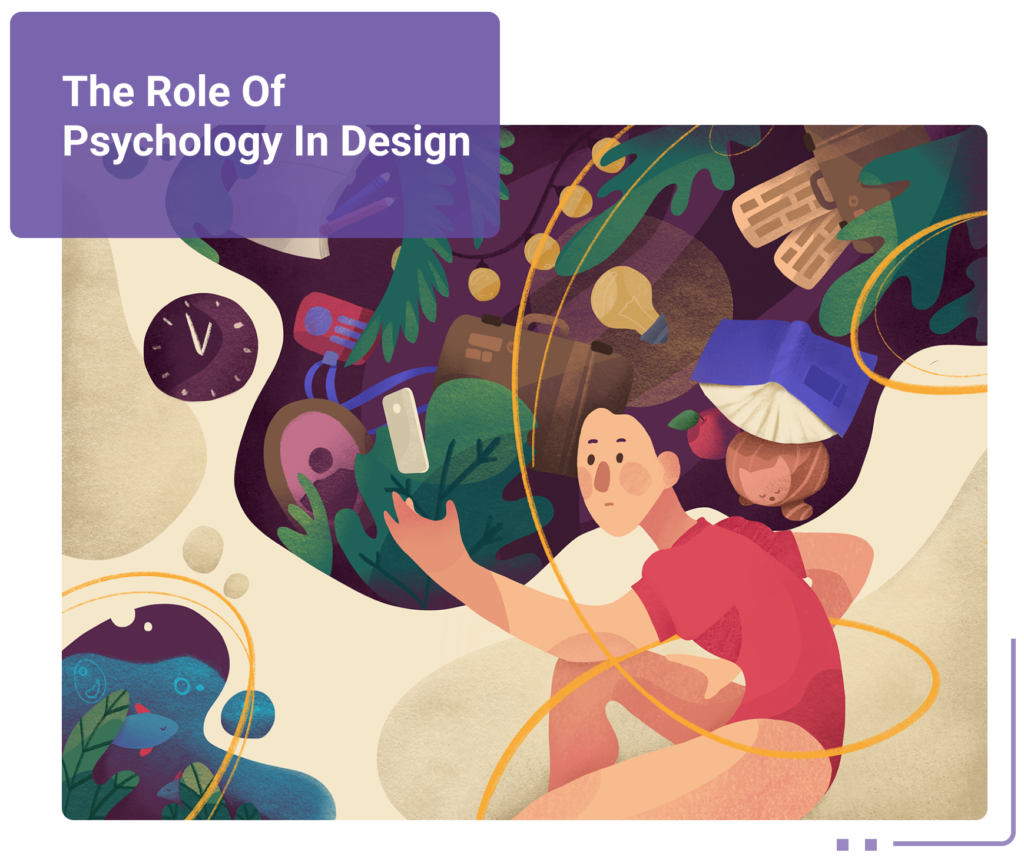
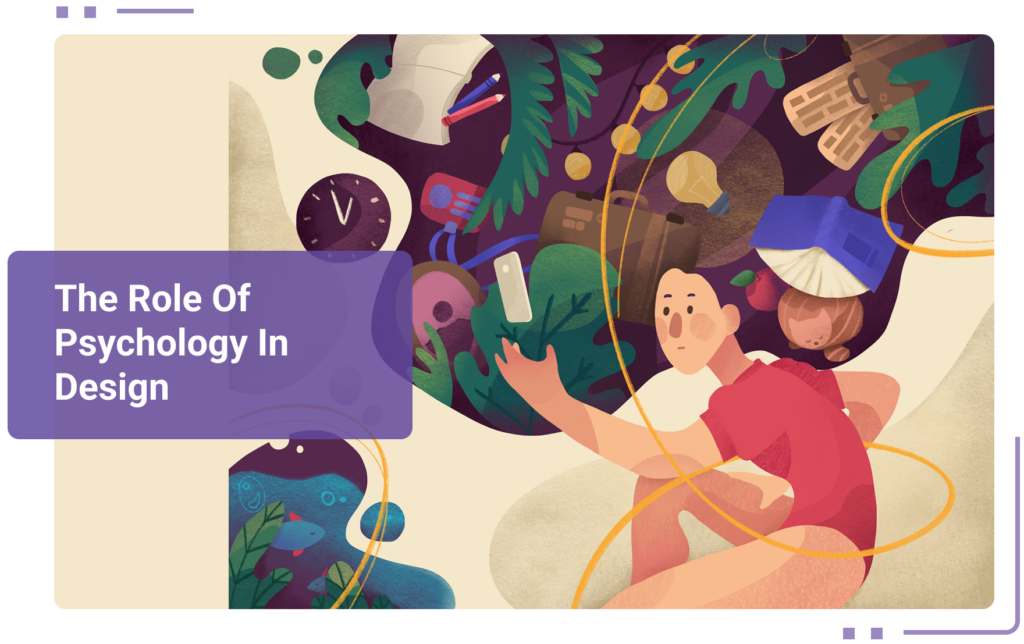
Designers often find themselves in situations where there is a gap between what they design and how the user uses the design. We expect our users to follow the path we design for them to solve their problem, but sometimes they tend to engage with the product in an unexpected manner. Psychology here plays an essential part to prevent or minimize this gap between the expected and actual actions of the user.
Why Psychology?
In today’s times with the increasing number of products and services, it has become crucial to add more value to the designs by better understanding human behavior, emotions, aspirations, and motivations.
Applying psychological principles during the creative design process could provide designers with a better understanding of the target audience and how people are so that the user is not forced to conform to the design of a product or experience.
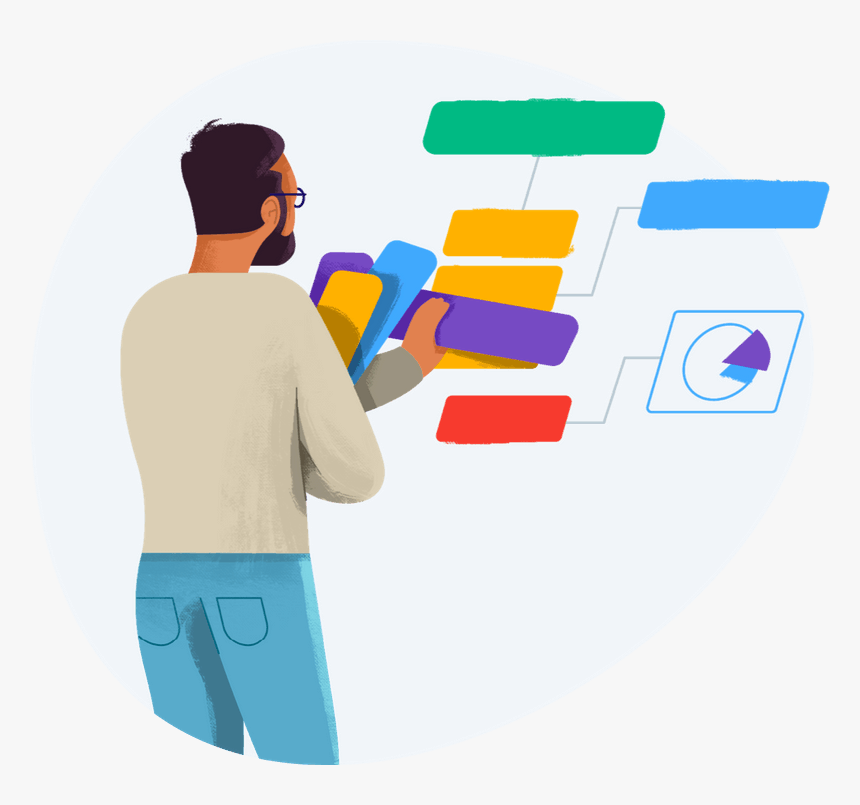
Adding value to User Research
To design user-centered products, the research involves studying the behavioral functions of the users. We do so by exploring what they verbally report about their conscious thoughts and needs. Applying the knowledge of Psychology helps us understand what goes on in these Behavioral thought processes of people, helping us create Human-centered design. This enables the design to be universal/ cater to all humans regardless of age, culture, or language.

What are the Principles of Psychology used in Design?
Although Psychology may seem like a complicated approach for some, it is the basic principles that work effectively when applied in a design process.

We as designers have to communicate information with clarity and simplicity to the users, such that it does not overwhelm them. This directly relates to the first principle, the Hick’s Law. It predicts that the time it takes to make a decision increases with the number and complexity of choices available. Our brains have limited processing power, so when the amount of information coming to the user exceeds that limit, Cognitive Load is incurred. Cognitive load refers to the mental processing power that is used by our working memory. This causes our performance to suffer and our tasks to become more difficult, which results in missed details and even frustration.

Remotes with increased complexity– Requires us to either use them with our muscle memory or a significant amount of mental processing

Smart TV remotes– Simplify the controls to only those necessary, by transferring the complexity to the TV interface itself. Information can be effectively organized and progressively disclosed within menus.

Remotes with increased complexity – Requires us to either use them with our muscle memory or a significant amount of mental processing

Smart TV remotes – Simplify the controls to only those necessary, by transferring the complexity to the TV interface itself. Information can be effectively organized and progressively disclosed within menus

Miller’s Law predicts that the average person can only keep 7 (± 2) items in their working memory. To make it easier for users to process and understand the information, Chunking is applied to design. Chunking describes the act of visually grouping related information into small, distinct units of information.
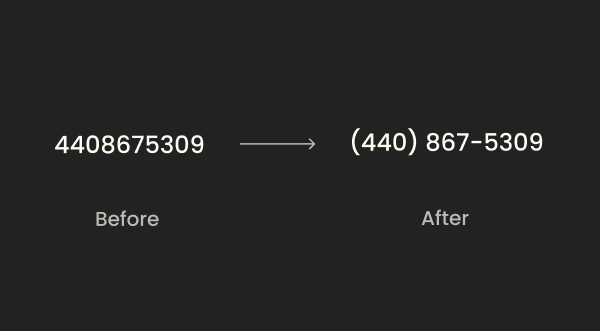

This technique is used here to group the 10 digit numbers into different sets. Users can easily scan through the numbers as well as remember them with ease.

This technique is used here to group the 10 digit numbers into different sets. Users can easily scan through the numbers as well as remember them with ease.

It states that users spend most of their time on other sites, and they prefer your site to work the same way as all the other sites they already know.
A mental model is what we think we know about a system, especially about how it works. When we use a website or a car, we form models of how their systems work. We then use this knowledge we already have to interact with any new website or car we come across. Designers can use this principle to gain a deeper insight into not only the goals and objectives of their users but also their pre-existing mental models, and how those apply to the product or experience they are designing.

Most e-commerce websites use familiar patterns and conventions so the customers do not have to figure out the working of the site. This enables the customers to use the website comfortably and focus on the important task- finding and purchasing products.



Most e-commerce websites use familiar patterns and conventions so the customers do not have to figure out the working of the site. This enables the customers to use the website comfortably and focus on the important task- finding and purchasing products.

People have limited short-term memory. We can only hold a certain amount of information at any one time. Designers can use this knowledge to provide a better user experience by reducing the need for people to remember information by making relevant information visible or readily available.
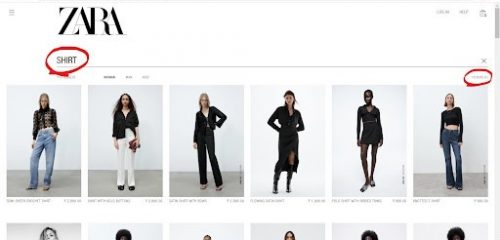
When the user searches for an item, the search term is shown along with the results. When they filter something out, the items filtered are displayed.
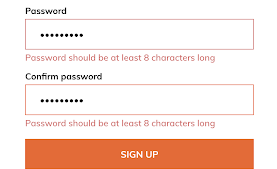
If they have entered incorrect information, the incorrect field is highlighted and explained why. Users should not have to remember their previous action to take further steps, instead they should be informed about them.
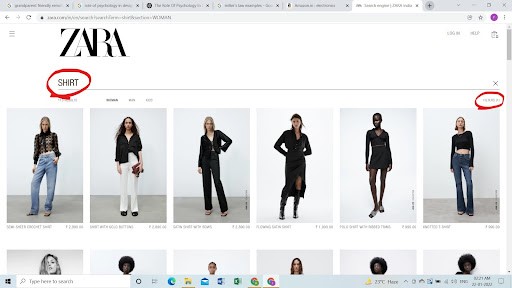
When the user searches for an item, the search term is shown along with the results. When they filter something out, the items filtered are displayed.

If they have entered incorrect information, the incorrect field is highlighted and explained why. Users should not have to remember their previous action to take further steps, instead they should be informed about them.

We are only able to focus on particular things at a particular time, whether we are aware of it or not. Our brains are wired to selectively focus on specific things, and ignore everything else.

Many shopping sites keep the cart information at the top corner of the screen, while the “add to cart” button is in the center. When a user adds something to their cart, you could make the user aware that a change has occurred in the top corner also, either by making an exaggerated visual change or animating the cart in some way. We cannot assume that while everything is visible, the user can see everything, as they are often focusing on something else.
Psychology plays an important role in Design
While designers perform thorough research and observations with their users, Psychology helps give a better insight into the human mind, understanding their different thoughts, their different ideas of solving problems, their different ways of looking at a problem, understanding their body language, and much more. This helps in drawing inferences and insights from their observations of the users. With the help of Psychology, designers can create more intuitive, meaningful, and usable designs with better understandability and discoverability.
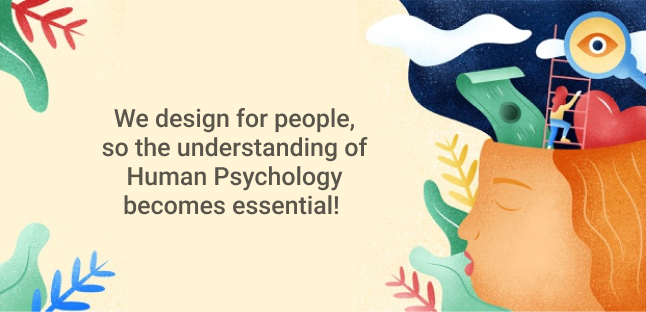
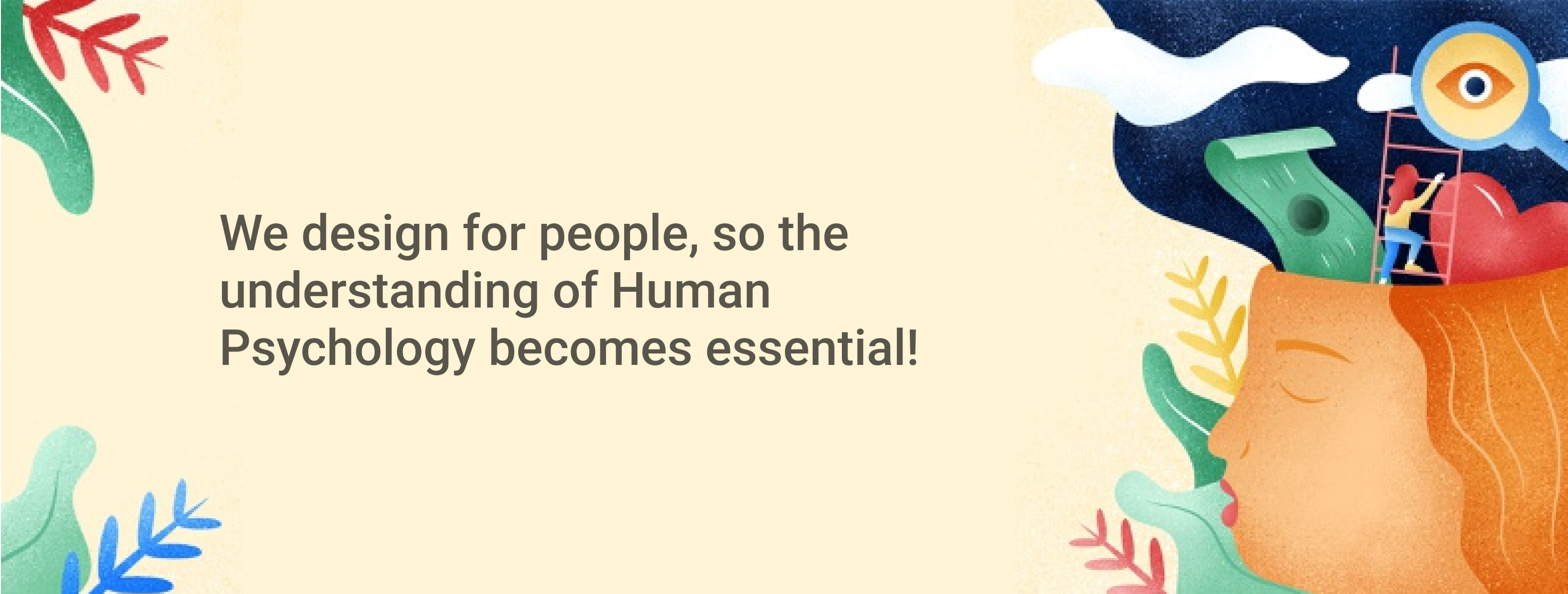
Images and Illustrations used above belong to the owners and are only for contextual relevance.

